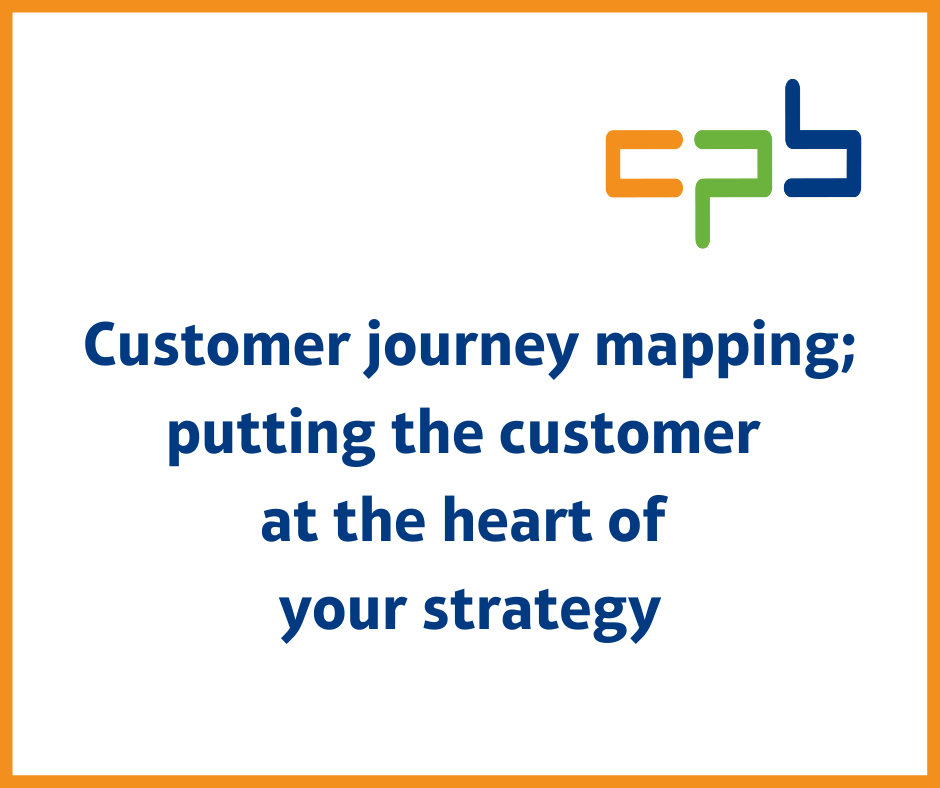Goodbye Disjointed Customer Experiences, Hello Customer Journey Mapping
- Helen Pritchett

- Oct 24, 2022
- 3 min read
A customer journey mapping exercise allows you to create a visual story of your customers' interactions with your brand, helping you step into your customer's shoes and see your business from the customer's perspective.

Customer journey mapping helps you plot your audience’s path to purchase by offering them valuable information they need, exactly when they’re looking for it. The bottom line is, people don’t like being sold to – especially when they’re not actively looking to buy. But what they do like is information that adds value and which they can use to make informed decisions as and when they are the point of purchase.
Consumers expect brands to know what information they need, regardless of where and how the interaction takes place. What we mean by that is, it’s down to the brand to share apposite information on its products/services across a range of touch points and platforms and at regular intervals in order that it can be accessed by potential customers when they need it as they progress along their decision making and buying journey.
The buying journey revolves around several key stages, and with a growing number of digital engagement opportunities and changes in our living, working, and purchasing practices, the overall buyer journey has changed considerably.
What follows are some tips on how customer journey mapping can help piece the elements of the customer relationship journey together for a fruitful relationship.
Customer journey mapping is beneficial because it:
Helps create more tailored experiences
Places the emphasis on building empathy
Identifies vital touchpoints
Puts customers at the centre of the buyer journey and experience
Identifies the stages of the buyer journey that need more attention
Guides consumers towards purchase
Guides business strategies and objectives in the right direction
In the B2B arena it is crucial to know the following when mapping your customer journey:
Who manages the budget?
Who influences purchase decisions?
What tools do they rely on most?
What gaps are they trying to fill?
Without this detailed information and target intelligence your efforts will be largely wasted. Therefore, effective customer journey mapping relies on effective target audience research. In so doing you create experiences that build relationships, capture attention, generate engagement and move customers ever closer towards bottom of funnel conversion.
As well as insight into customer buying behaviours, customer journey mapping can highlight gaps in your existing approach or products – for example gaps between products, departments, or channels – which, when addressed, can improve the customer experience and therefore, build better client relationships.
A quick Google will present you with free customer journey mapping templates which will help you develop the type of visual storyline of each engagement a customer has with a service, brand, or product. Seeing this is visual form puts you directly in the mind of the consumer, so you can review, assess, and understand your customers’ processes, needs, and objectives.
Customer journeys are often overlooked as part of a sales strategy, but they are a useful means of gathering deep insights into a customer’s perspective. As highlighted by Countly, “with the recent and major shift in power from vendors to buyers, companies need to go where the customers are to find success. The buyers decide the pace at which they make a purchase in the present scenario with the influx of the internet and the choices presented to them from various competitors.”
Countly recommends the following 7 steps to creating a customer journey map:
Research and analytics
Create customer personas
Target touchpoints and devices
Workshop
Identify and address customer pain points
Monitor and feedback
Come back to the table
For more information on these 7 steps, please visit this blog.
Taking a customer-centric attitude and keeping your audience at the heart of your strategy is crucial to success. Take advantage of the data intelligence available to ascertain what’s needed and to fine tune your marketing approach, ensuring potential customer don’t slip through the cracks. Disjointed customer experiences are a widely acknowledged pain point. The aim for any customer focused business is to deliver flawless user experiences across all the possible touchpoints of the customer journey. This is not an easy task, and you should use all the options at your disposal to achieve it; customer journey mapping is a great start.





Comments